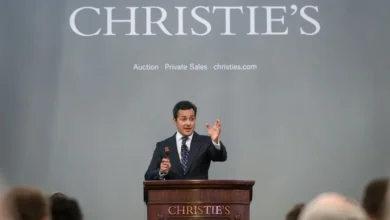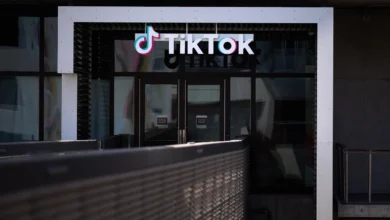US retail CEOs signal rising alarm as large-scale theft eats away billions in sales

Retail executives are sounding the alarm on in-store shoplifting as theft burns a multibillion dollar hole in their balance sheets. While most are vowing to fight back, they’re also expressing fears that they may be largely powerless to stop the problem.
As if a possible recession and declining consumer sentiment wasn’t enough to worry about, retail executives are struggling with increasing amounts of stock disappearing, or shrink in industry parlance. The problem was talked about more on retailer’s earnings calls this quarter than any quarter on record, according to transcript data compiled by Bloomberg. The nearly 200 mentions mark a quarter-on-quarter doubling.
“The increased attention is basically due to more large retailers calling out shrink as a real problem impacting both sales and margins,” Evercore ISI analyst Greg Melich said in an interview. Shrink can also refer to things like damage and expired stock, but theft is the main component.
The losses are beginning to reach staggering levels. Target Corp. said lost or stolen inventory will hurt profitability by $500 million this year, while Ulta Beauty Inc. specifically blamed theft when it recently cut its full-year margin outlook.
And it’s not just inventory costs at stake. If retail theft worsens it could start to deter shoppers from brick-and-mortar stores and shift consumption online, where margins are often lower, Melich said.
Earlier this year, the National Retail Federation calculated that lost inventory cost retailers nearly $94.5 billion in 2021, up from $90.8 billion the prior year.
The prevalence of online marketplaces and the ease at which they allow thieves to sell stolen goods are partly to blame for the increase in retail theft, Melich said, as they have helped proliferate a de facto industry out of criminal shoplifters.
Retailers are fighting back with various tactics from locking merchandise behind plastic windows to even exploring speed-limiters on shopping carts, but many say they are largely powerless.
Walmart Inc., the world’s largest retailer, said although it’s “actively managing the problem, it believes only law enforcement can provide a lasting solution.
That assertion is hard to prove, however, as conclusive data is difficult to come by. Violent crime overall was on the rise in the US prior to the pandemic, but property crimes had been steadily declining over that period, according to data from the US Federal Bureau of Investigation. Some studies suggest the pandemic brought about a spike in street crime.
And while New York City, “the epicenter of the retail market in the US according to Mayor Eric Adams, saw a 45 percent increase in retail theft complaints in 2022, reports of shoplifting fell in California — though that may be have been partially driven by a new law decriminalizing thefts below $950 in value.
Growth in media coverage of crime may also be contributing to the increase in executives talking about shrink. News stories that mention theft have steadily increased since the start of the pandemic, reaching a peak in May, according to a search of about 150,000 online sources by Bloomberg.
Whatever the cause, it remains to be seen how much control retailers have. TJX Co. Chief Financial Officer John Klinger said he is “laser focused on fighting theft,” but isn’t expecting any improvement in shrink losses this year.










